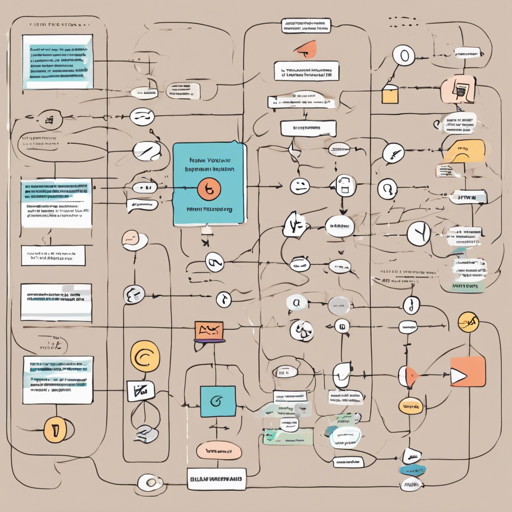In the world of natural language processing (NLP), having effective language models is paramount. Today, we introduce random-roberta-tiny, an unpretrained mini version of the RoBERTa model consisting of just 2 layers and 128 attention heads. This guide will walk you through how to set up this model from scratch, as well as provide troubleshooting tips for a smoother experience.
What is Random-Roberta-Tiny?
Random-roberta-tiny is particularly useful for those looking to train a language model from the ground up or benchmark the effects of pretraining. One notable aspect is that while the weights of the model are randomly initialized, it utilizes the tokenizer from roberta-base to ensure compatibility, despite the complexities involved in creating a random tokenizer.
Why Use Random-Roberta-Tiny?
- Flexibility in training models from scratch
- Avoids reliance on fixed random seeds, ensuring variability in your models
- Enables benchmarking against pretrained models efficiently
Step-by-Step Guide to Implementing Random-Roberta-Tiny
Let’s engage in a fun analogy. Imagine you are an artist who wants to paint on a blank canvas. However, instead of using a traditional canvas, you are using a unique fabric (random-roberta-tiny) that has never been drawn upon. By initializing your equipment, such as brushes (configuration), you can create a masterpiece from your own imagination.
Here’s how you can set it up:
from transformers import RobertaConfig, RobertaModel, AutoTokenizer
def get_custom_blank_roberta(h=768, l=12):
# Initializing a RoBERTa configuration
configuration = RobertaConfig(num_attention_heads=h, num_hidden_layers=l)
# Initializing a model from the configuration
model = RobertaModel(configuration)
return model
rank = 'tiny'
h = 128
l = 2
model_type = 'roberta'
tokenizer = AutoTokenizer.from_pretrained('roberta-base')
model_name = f'random-{model_type}-{rank}'
model = get_custom_blank_roberta(h, l)Breaking Down the Code
In the code above, we accomplish several key steps:
- We are importing necessary components from the transformers library, akin to gathering all your art supplies.
- The
get_custom_blank_robertafunction acts as our setup, creating a configuration for our painting—specifying how many attention heads and layers our model will have. - The model is then created based on this configuration, just as your brushes start making strokes on the canvas.
- Lastly, we set the tokenizer using the familiar roberta-base tokenizer, ensuring consistent text interpretation no matter how random your weights are.
Troubleshooting Tips
As you embark on your journey with random-roberta-tiny, you may encounter a few bumps along the way. Here are some troubleshooting ideas:
- Issue: Model does not load properly.
- Solution: Ensure that all necessary packages are correctly installed. Run
pip install transformersto install or update the library.
- Solution: Ensure that all necessary packages are correctly installed. Run
- Issue: Tokenizer fails to initialize.
- Solution: Verify your internet connection; the tokenizer data is fetched online. You can also try running
from transformers import AutoTokenizerto avoid conflicts.
- Solution: Verify your internet connection; the tokenizer data is fetched online. You can also try running
- Issue: Randomness Not Achievable.
- Solution: Make sure the randomness flows through without predefined random seeds. Avoid fixing seeds unless necessary.
For more insights, updates, or to collaborate on AI development projects, stay connected with fxis.ai.
Conclusion
Embracing the chaos of randomness with the help of random-roberta-tiny can significantly enhance your projects in the field of AI and NLP. By taking a structured approach, just like an artist preparing to paint, you can unlock new possibilities!
At fxis.ai, we believe that such advancements are crucial for the future of AI, as they enable more comprehensive and effective solutions. Our team is continually exploring new methodologies to push the envelope in artificial intelligence, ensuring that our clients benefit from the latest technological innovations.

